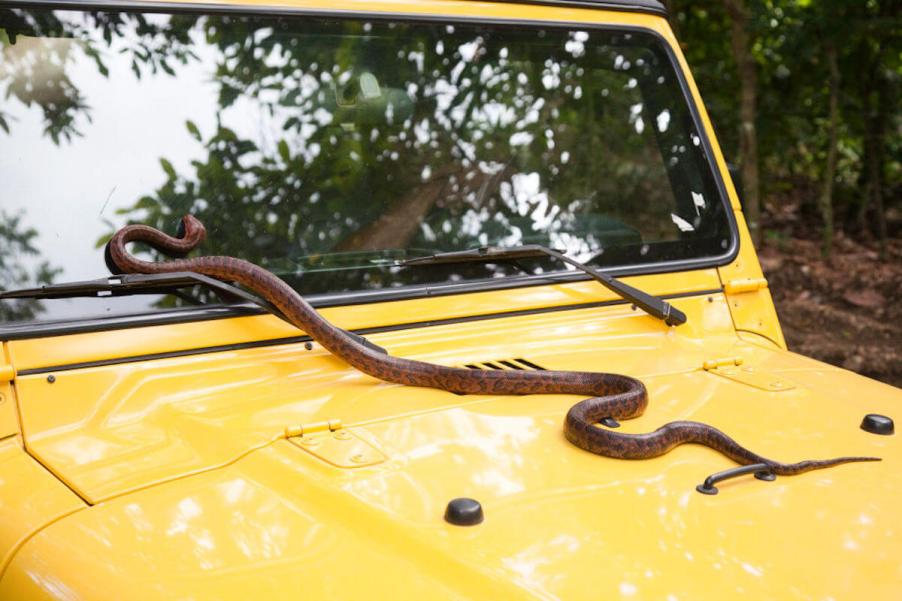
Beware of Snakes: Feds Issue Warning to Drivers
It’s snake season, and the U.S. Fish and Wildlife Service is warning drivers about the inevitable summer invasion. Since snakes are cold-blooded, they like a warm environment, like hot pavement. But the warning isn’t for the possibility the snakes might injure drivers, it’s the other way around.
What is the warning about snakes?

“The sun’s out and so are cold-blooded critters who occasionally like to sunbathe on warm roads,” the service said on Facebook. “Please drive slowly and brake for snakes (and their friends), and be on the lookout as you’re enjoying the great outdoors.”
Interestingly, the post has received thousands of likes. That’s not what one would expect with the poor feelings some people have toward snakes. To illustrate the point, the post shows a series of images of snakes on roads in and around Modoc National Wildlife Refuge, located at the extreme upper-east corner of California.
Do roads shut down when snakes migrate?

After the unusually harsh winter storms in California, the snakes are just now taking in the warm rays of the sun in drives there, and in other parts of the country. During the winter they hibernate because their bodies can’t generate heat. They get heat from their surroundings and then store it. Hot pavement gives them almost 100% coverage factoring in the sunlight above. But this also puts them at risk from both predators and car tires.
There is one road in the world that shuts down for snake migration. The three-mile-long Snake Road, in the Shawnee National Forest in Illinois, shuts down each year between March 15 to May 15, and then again from September 1 to October 30. One reason is because of the thousands of snakes that are part of the migration, three types are venomous snakes. They are the copperhead, cottonmouth, and timber rattlesnake.
There are other road-crossing species, too

As creepy as they can be for some people, they do a service to humans by helping to keep rodent populations down. They eat mice, rats, and other pests. But not all road huggers are snakes.
Turtles are another species you see on the pavement. They’re a bit easier to see, and easier to handle, too. Sometimes they need a bit of help getting across the road, and that’s where you come in.
Should you find it necessary to give turtles a bit of help, place them on the other side of the road in the direction they were going in. And don’t pick them up by the tail or drop them. Also remember that all native wildlife, including snakes, are protected by the U.S. government.



